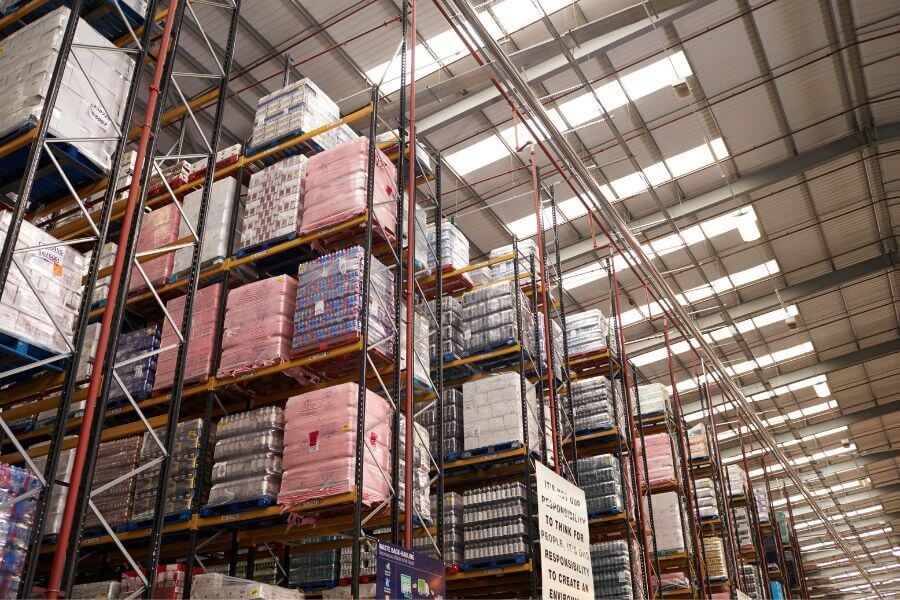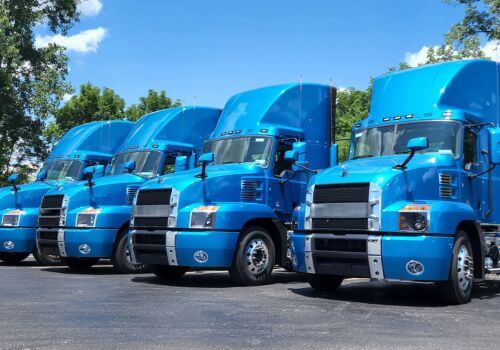What is Minimum Order Quantity (MOQ)?
Minimum Order Quantity, commonly abbreviated as MOQ, refers to the smallest number of units a supplier is willing to sell in a single transaction. This concept is widely used in manufacturing, wholesale, and retail industries to ensure that each order is profitable and efficient for the supplier.
For example, a supplier might set an MOQ of 1,000 units for a particular product. This means that customers must order at least 1,000 units of that product in a single purchase. MOQs can also be set based on monetary value rather than quantity. In such cases, a supplier might require a minimum order value of $10,000, regardless of the number of units ordered.
Why do suppliers use MOQ?
Suppliers implement MOQ policies for several strategic reasons:
- Ensuring profitability: By setting a minimum order size, suppliers can cover their production costs and maintain a healthy profit margin.
- Optimizing production: MOQs allow suppliers to plan their production runs more efficiently, taking advantage of economies of scale.
- Managing inventory: With MOQs, suppliers can better predict and manage their inventory levels, reducing the risk of overproduction or stockouts.
- Reducing administrative costs: Handling fewer, larger orders is often more cost-effective than processing many small orders.
- Streamlining logistics: Larger orders can lead to more efficient shipping and handling processes.
What are the impacts of MOQ on buyers?
While MOQs are primarily set to benefit suppliers, they also have significant implications for buyers.
Advantages for buyers
- Lower unit costs: Buying in larger quantities often results in better pricing per unit.
- Consistent supply: Meeting MOQs can lead to more reliable supply relationships with vendors.
- Reduced shipping costs: Larger orders typically mean lower shipping costs per unit.
Challenges for buyers
- Higher initial investment: MOQs may require a larger upfront investment, which can be challenging for smaller businesses or startups.
- Inventory management: Buyers must have the capacity to store and manage larger quantities of inventory.
- Cash flow impact: Tying up more capital in inventory can affect a company’s cash flow.
- Risk of obsolescence: For products with short lifecycles or seasonal demand, large orders can lead to unsold inventory.
What are the factors influencing MOQ?
Several factors contribute to how suppliers determine their MOQs:
- Production costs: The cost of setting up production runs, including labor and machinery, plays a significant role in determining MOQs.
- Raw material costs: The price and availability of raw materials can influence the minimum quantity a supplier is willing to produce.
- Demand & market conditions: Suppliers may adjust their MOQs based on overall market demand for their products.
- Storage capacity: The supplier’s ability to store inventory can impact their MOQ policies.
- Product complexity: More complex or customized products often have higher MOQs due to the additional setup and production time required.
- Profit margins: Products with lower profit margins typically have higher MOQs to ensure profitability.
What are some strategies for managing MOQs?
For businesses dealing with MOQs, whether as suppliers or buyers, several strategies can help optimize the process.
For suppliers
- Offer tiered MOQs: Provide different MOQ levels with corresponding price breaks to accommodate various customer sizes.
- Implement mixed-product MOQs: Allow customers to meet MOQs by combining different product types.
- Provide sample orders: Offer smaller sample orders to new customers to build relationships before enforcing full MOQs.
- Regular MOQ reviews: Periodically review and adjust MOQs based on market conditions and production efficiencies.
- Clear communication: Ensure that MOQ policies are clearly communicated to avoid misunderstandings with customers.
For buyers
- Negotiate with suppliers: Discuss potential flexibility in MOQs, especially for long-term partnerships.
- Consolidate orders: Combine orders for different products to meet MOQ requirements.
- Find alternative suppliers: Look for suppliers with MOQs that better match your business needs.
- Improve demand forecasting: Accurate forecasting can help you plan for larger orders and meet MOQs more comfortably.
- Consider group purchasing: Partner with other businesses to meet MOQs collectively.
- Explore dropshipping: For some products, dropshipping can be a way to offer items without holding large inventories.
MOQ in different industries
Minimum Order Quantity practices vary significantly across different sectors, reflecting the unique characteristics and challenges of each industry. Let’s explore how MOQs manifest in various fields.
Fashion and apparel
The fashion industry often imposes high MOQs due to several factors:
- Production setup costs for clothing lines can be substantial
- Seasonal nature of fashion demands larger initial orders
- Fabric minimums from textile suppliers influence garment MOQs
- Economies of scale in manufacturing drive up minimum quantities
For instance, a t-shirt manufacturer might set an MOQ of 500 pieces per style and color, while a high-end designer might require 1,000 units per design.
Electronics
In the electronics sector, MOQs tend to be on the higher side:
- Complex manufacturing processes require significant setup
- Rapidly changing technology necessitates larger initial orders
- Component suppliers often have their own high MOQs
- Quality control processes are more rigorous, favoring larger batches
An electronics component supplier might set MOQs in the thousands or even tens of thousands for certain parts.
Food and beverage
This industry sees a wide range of MOQs depending on the product type:
- Perishable goods often have lower MOQs due to shelf-life concerns
- Shelf-stable products might have higher MOQs to offset production costs
- Specialty or artisanal products may have lower MOQs to maintain quality
- Mass-produced items typically have higher MOQs to leverage economies of scale
A specialty coffee roaster might set an MOQ of 100 pounds, while a large beverage manufacturer could require orders in the thousands of cases.
Pharmaceuticals
The pharmaceutical industry is characterized by strict regulations and high production costs, leading to significant MOQs:
- Rigorous quality control and testing procedures drive up minimum quantities
- High-value ingredients and specialized manufacturing equipment justify larger orders
- Regulatory compliance costs are spread across larger production runs
- Long shelf lives of many drugs allow for bigger production batches
Pharmaceutical MOQs can range from thousands to millions of units, depending on the drug type and market demand.
Automotive
The automotive industry’s complex supply chains and high-value components typically result in substantial MOQs:
- Tier 1 suppliers often require large orders to justify tooling costs
- Just-in-time manufacturing practices influence MOQ policies
- High-precision parts demand larger production runs for consistency
- Long-term contracts between manufacturers and suppliers affect MOQ terms
An auto parts supplier might set MOQs in the tens of thousands for components like sensors or switches.
Retail
In the retail sector, MOQs can vary widely depending on the product type and supplier relationships:
- Large retailers often have the buying power to negotiate lower MOQs
- Private label products typically have higher MOQs than branded items
- Seasonal products may have higher MOQs to ensure adequate stock
- Drop-shipping arrangements can sometimes offer lower MOQs for online retailers
A small boutique might face MOQs of 50-100 units per style, while a large department store chain could easily meet MOQs in the thousands.
In summary, Minimum Order Quantity (MOQ) in logistics is the smallest number of units or monetary value a supplier will accept for a single order, ensuring profitability and efficiency in their operations.







